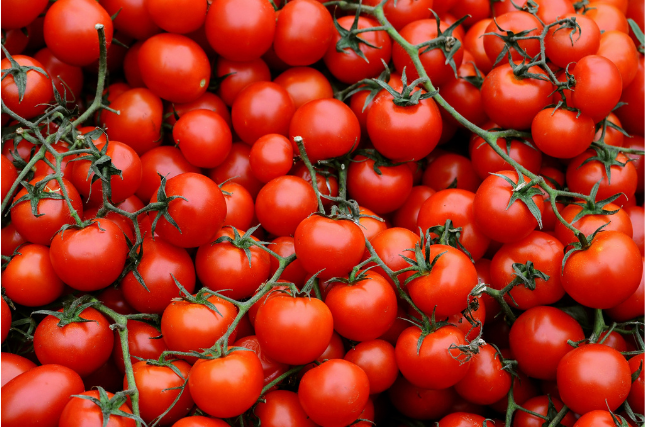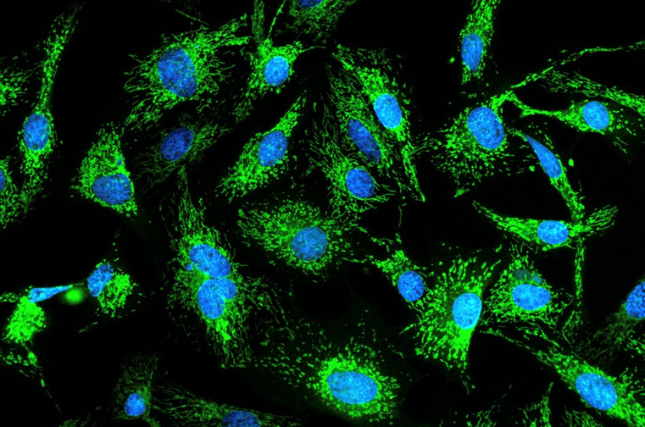
August 5, 2025 – A low-cost, non-invasive method to predict plant growth using 3D reconstructed imagery from standard video footage has been developed by researchers from the Hebrew University of Jerusalem (HU).
The study applies structure-from-motion techniques and machine learning to predict plant growth with remarkable accuracy. This innovative approach eliminates the need for expensive sensors or destructive sampling, making precision agriculture more accessible. The method holds promise for scaling crop monitoring across greenhouses and open fields alike.
A study featured in Computers and Electronics in Agriculture and led by Dmitrii Usenko, a Ph.D. candidate at the Hebrew University Institute of Environmental Sciences, has successfully demonstrated that a low-cost imaging technique can accurately estimate the total leaf area (TLA) of dwarf tomato plants. Working under the guidance of HU’s Dr. David Helman and in collaboration with Dr. Chen Giladi from the Sami Shamoon College of Engineering, the team has shown how two-dimensional videos taken with a simple camera can be transformed into valuable 3D data for agricultural management.
At the heart of the method is the use of structure-from-motion (SfM) techniques—typically associated with computer vision and remote sensing, which reconstruct 3D geometry from the motion of objects in a video sequence. In this case, rather than using expensive LiDAR or multispectral cameras, the researchers used basic video footage of tomato plants, taken from various angles, to reconstruct the shape and size of the plants’ foliage.
“Accurate measurement of total leaf area is crucial for understanding plant growth, photosynthesis, and water use,” explains Dr. Helman. “But traditional approaches often require destructive sampling or costly, inaccessible equipment. Our model brings accessibility and accuracy together in a way that could benefit both smallholder farmers and large-scale agricultural operations.”
Using over 300 video clips of dwarf tomato plants grown in controlled greenhouse conditions, the researchers trained machine learning models to estimate leaf area based on features extracted from the 3D point clouds. Their best-performing model significantly outperformed more traditional 2D approaches and showed high reliability even when leaf overlap or plant movement posed visual challenges.
The implications extend beyond tomatoes. Because the method is crop-independent in principle and requires only standard RGB imaging, it opens the door for broader adoption in crop monitoring systems across the globe. The model’s open-source implementation also encourages further development and customization by the research community.
“By reducing the cost barrier to accurate plant monitoring, we hope to democratize access to precision agriculture,” says Usenko. “This is a small but meaningful step toward smarter, more sustainable farming.”
The research paper titled “Using 3D reconstruction from image motion to predict total leaf area in dwarf tomato plants” is now available in Computers and Electronics in Agriculture and can be accessed here.




